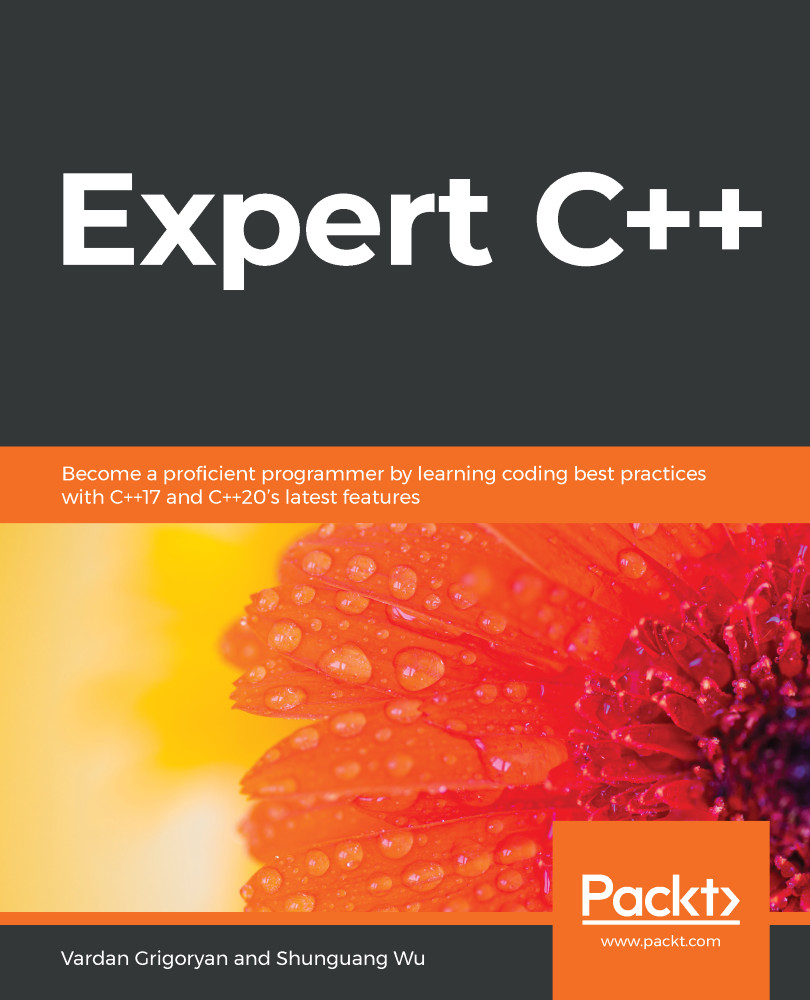The simplest form of running a program involves its instructions being executed one by one by the CPU (Central Processing Unit). As you already know from previous chapters, a program consists of several sections, one of them containing the instructions of the program. Each instruction is loaded into a CPU register for the CPU to decode and execute it. It doesn't actually matter what programming paradigm you use to produce an application; the result is always the same—the executable file contains machine code.
We mentioned that programming languages such as Java and C# use support environments. However, if you cut down the support environment in the middle (usually, the virtual machine), the final instructions being executed should have a form and format familiar to that particular CPU. It's obvious to programmers that...


